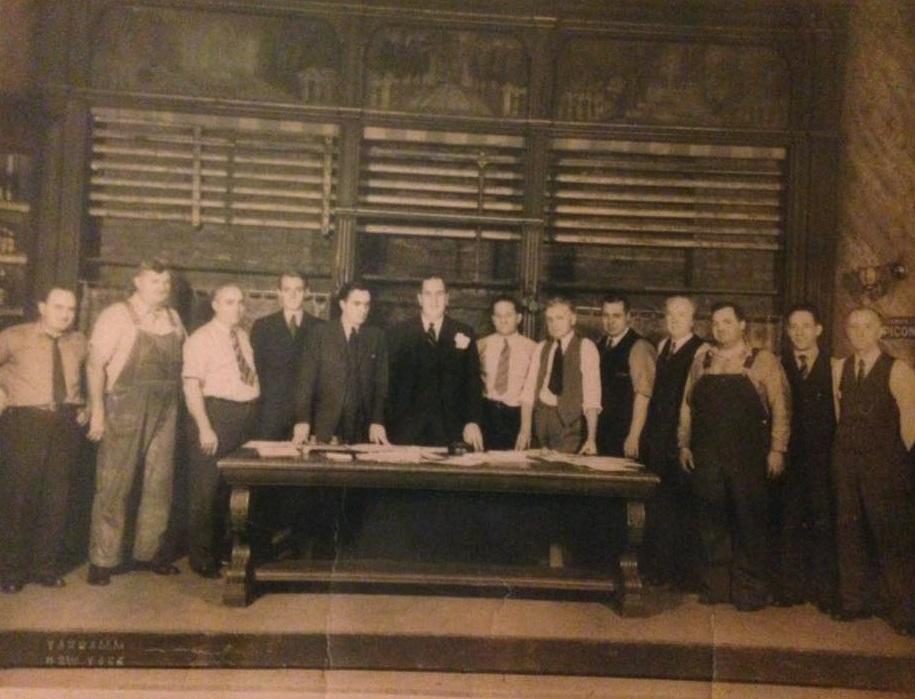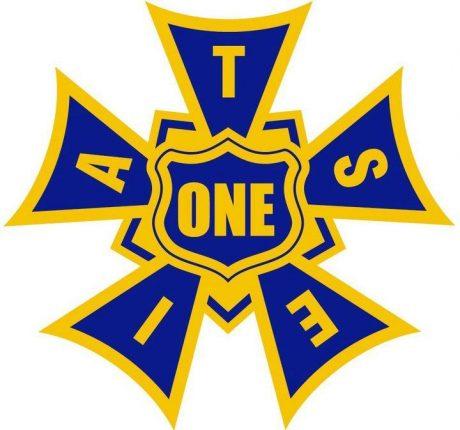Original article from Stage Directions Magazine
April 26 marks the formation of IATSE Local One back in 1886 when many members of the Theatrical Mechanical Association met at 187 Bowery in the heart of what was then the theatrical district and started the Theatrical Protective Union (T.P.U.) Number one. We at Stage Directions send our sincere congratulations on the 135th Anniversary of the formation of IATSE Local One.
In 1863 the first stage employees’ organization was named the Theatrical Workman’s Council and then became the Theatrical Mechanical Association in 1865 when it incorporated under New York State law. Though not quite a modern union, the Theatrical Mechanical Association did provide welfare benefits and grew to 41 members. On April 26, 1886, many of those members met at 187 Bowery in the heart of the theater district to draw up a new charter and a constitution that states:
We, the theatrical employees of the theatres of New York, deem it eminently right that we should organize for the development and improvement of our conditions, asking but a fair and just compensation commensurate with the service rendered so that equity may be maintained and the welfare of our organization promoted, accepting any wise, honorable, and conservative mediation as a proper adjustment of all difficulties that may arise.
The Theatrical Protective Union Number One was born.
The Theatrical Protective Union joined other labor groups of the day in the 700,000-strong Knights of Labor. On May Day 1886, 25,000 people of the Knights of Labor held a torchlight procession down Broadway to Union Square to demand an eight-hour day and the end of child and convict labor. That victory would take many years.
Union wages at the time topped out at 50-cents-a-day during a 60-to-100-hour work week. The threats to the union were men willing to handle the scenery for the privilege of witnessing the play. But as stock companies were replaced by traveling (touring) companies, a higher standard of theatrical mechanics and skilled stage employees became essential and drove the unskilled and the free workers from the field.
The union’s first strike was in 1888. A work stoppage at the Bowery Theatre, a walkout at Wallack’s Theatre, and a strike at the Academy of Music on 14th Street put muscle behind the union’s demand of a dollar a show and 50 cents for each load in and load out. Strikebreakers were hired. When a flat dropped on acclaimed actor Louis James during Hamlet’s soliloquy, the actor retired to his dressing room and informed management that he would not return to the stage until the professional stagehands were reinstated. It worked and Local One stagehands were back at work. The bond between stagehands and actors, still solid today, was made fast.
Here’s a video from IATSE Local One with a brief history of its Local:
More historical information about IATSE Local One can be found here.
To put IATSE Local One’s history in a larger perspective—1886 also saw a general strike in the United States that led to the Haymarket Affair in Chicago, Anti-Chinese sentiments resulted in riots in Seattle, the first African American Roman Catholic priest was ordained in Rome, Dr. John Pemberton invents what would become Coca-Cola, Apache leader Geronimo surrenders in Arizona, and President Grover Cleveland marries Frances Folsom in the White House, the only President to wed in the executive mansion.

Off
Support USITT
For many 501(c)3 nonprofit organizations, USITT included, donations are a lifeline. We are able to continue to expand our online offerings to our Members and to our industry thanks to Membership dollars and the generosity of our donors.







